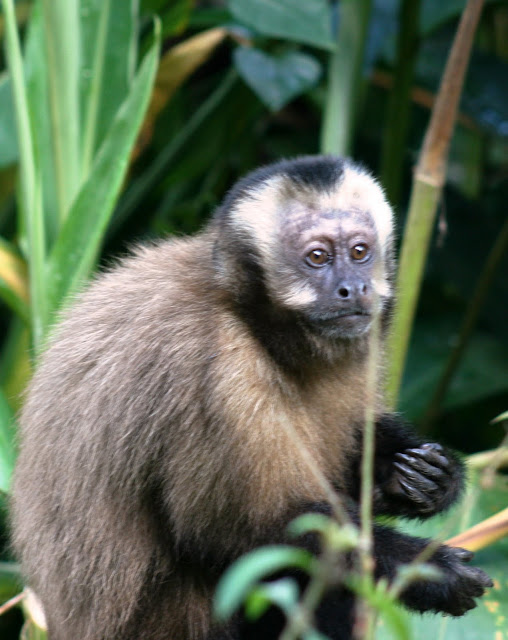We left Cusco early on Sunday morning – and I do mean early: my pickup was at 5am! – and headed southeast past Oropesa, where I work, then turned inland to start climbing up and over the huge hills that are everywhere in the Andean foothills. The road was steep and narrow, with a sheer drop of several hundred metres at one side, but for this first part of the journey it was at least tarmaced. Later the roads would turn to gravel, dirt and mud, with frequent huge potholes. These were what the Cambodians call ‘dancing roads’; I think Peruvians just think they’re normal.
 Breakfast was a cold omelette, sweet bread and tea at 6.30 in a sleepy little town that was just waking up for its busy weekly market. A couple of hours later we visited the interesting pre-Inca tombs of Ninamarca, commonly known as Chullpas. These were the tombs of the aristocrats of the Lupaca people, who lived about a thousand years ago, mummified their dead and then entombed them in a seated foetal position. From there we continued on to Paucartambo, a picturesque Spanish colonial town, where we stretched our legs with a short walk around the village square and into the ornately decorated church.
Breakfast was a cold omelette, sweet bread and tea at 6.30 in a sleepy little town that was just waking up for its busy weekly market. A couple of hours later we visited the interesting pre-Inca tombs of Ninamarca, commonly known as Chullpas. These were the tombs of the aristocrats of the Lupaca people, who lived about a thousand years ago, mummified their dead and then entombed them in a seated foetal position. From there we continued on to Paucartambo, a picturesque Spanish colonial town, where we stretched our legs with a short walk around the village square and into the ornately decorated church. More winding roads followed as we wound our way up to the Acjanacu pass, which marks the beginning of the Cultural Zone of Manu Biosphere Reserve. Manu National Park, located in southeastern Peru, is one of the largest parks in South America. Manu protects over 4.5 million acres (2 million hectares) of territory rich in flora and fauna species in a variety of habitats, including the high Andes, cloud forests, and lowland tropical rain forests. In 1977 UNESCO designated Manu a biosphere reserve because it contains the world’s best example of biodiversity in protected areas of rain forest and cloud forest.
 |
| Misty mountains above the cloud forest |
 Every hour or so we would leave the van and walk for a kilometer or so, looking for birds, animals, etc. It was fun, and a great relief from the bumpy travelling, and we saw many interesting creatures – luckily the one snake we encountered – a coral snake – was dead! We enjoyed a delicious picnic lunch by the roadside, thanks to our wonderful cook Isidor.
Every hour or so we would leave the van and walk for a kilometer or so, looking for birds, animals, etc. It was fun, and a great relief from the bumpy travelling, and we saw many interesting creatures – luckily the one snake we encountered – a coral snake – was dead! We enjoyed a delicious picnic lunch by the roadside, thanks to our wonderful cook Isidor. In Manu a thick cloak of clouds provides perpetual humidity and makes an ideal habitat for epiphytic plants such as bromeliads. This varied and fascinating world is also home to the Cock of the Rock, Peru’s national bird, which we stopped to observe mid afternoon. The male birds are a vibrant reddish orange and come together for an exhibition of a ritual mating dance. They display their crest, showing off and posturing for the females. The females, fewer in number, watch to select the most suitable males.
We finally arrived at the Bambu Lodge, our accommodation for the night, just as the sun was setting. After another delicious meal, we ventured out with our flashlights on a night walk. There were lots of creepy crawlies: huge spiders, grasshoppers and crickets, cockroaches, and a big fat toad – the stuff of nightmares though, in fact, I slept very well in my cute little hut.





No comments:
Post a Comment